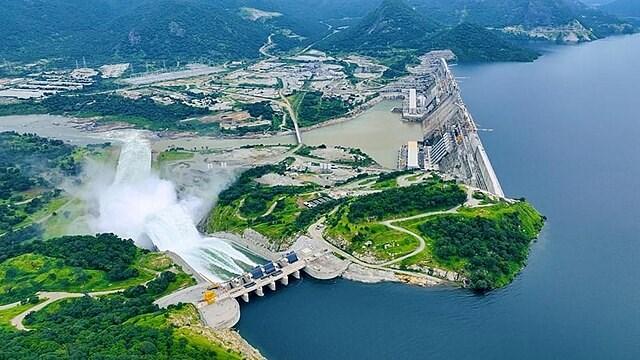The Grand Ethiopian Renaissance Dam: An Overview
The Grand Ethiopian Renaissance Dam (GERD) is a significant infrastructure project on the Blue Nile River. This dam aims to transform Ethiopia’s energy generation capacity. In recent years, it has become a focal point in discussions about development and regional politics in East Africa.
Objectives of the Dam
The primary goal of the GERD is to provide substantial hydroelectric power to Ethiopia and its neighbors. This ambitious project is expected to produce over 6,000 megawatts of electricity. By doing so, it promises easier access to electricity for millions of Ethiopians and contributes to economic growth.
Economic Impact
The dam is anticipated to enhance Ethiopia’s economic landscape significantly. The generation of surplus electricity will enable Ethiopia to export power to neighboring countries. This can potentially transform Ethiopia into a regional power hub, improving trade relationships and increasing foreign investment.
Environmental Considerations
While the GERD presents economic opportunities, it also raises various environmental concerns. Critics argue that the dam could disrupt local ecosystems and water availability in downstream countries like Sudan and Egypt. Ethiopia emphasizes that it is committed to managing these impacts in a sustainable manner.
Political Tensions
The construction and filling of the dam have led to tensions among Ethiopia, Sudan, and Egypt. Negotiations on water rights and management of the Nile River have become increasingly contentious. The GERD’s completion is seen both as a national pride for Ethiopia and a source of anxiety for its neighbors.
Conclusion
The Grand Ethiopian Renaissance Dam stands as a symbol of Ethiopia’s aspirations for economic growth and energy independence. Despite the challenges and controversies surrounding it, the potential benefits of the dam cannot be overlooked. For further details on the implications of this grand project, you can visit this link.

